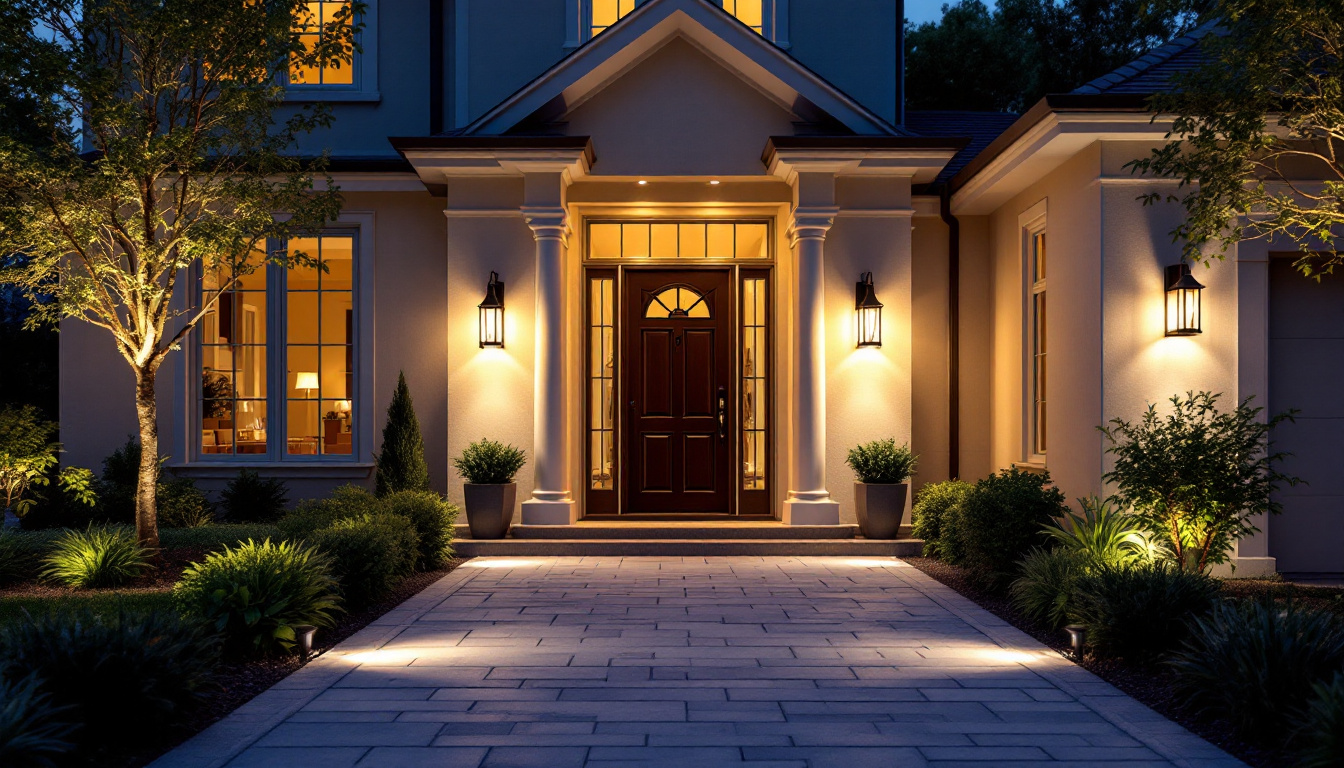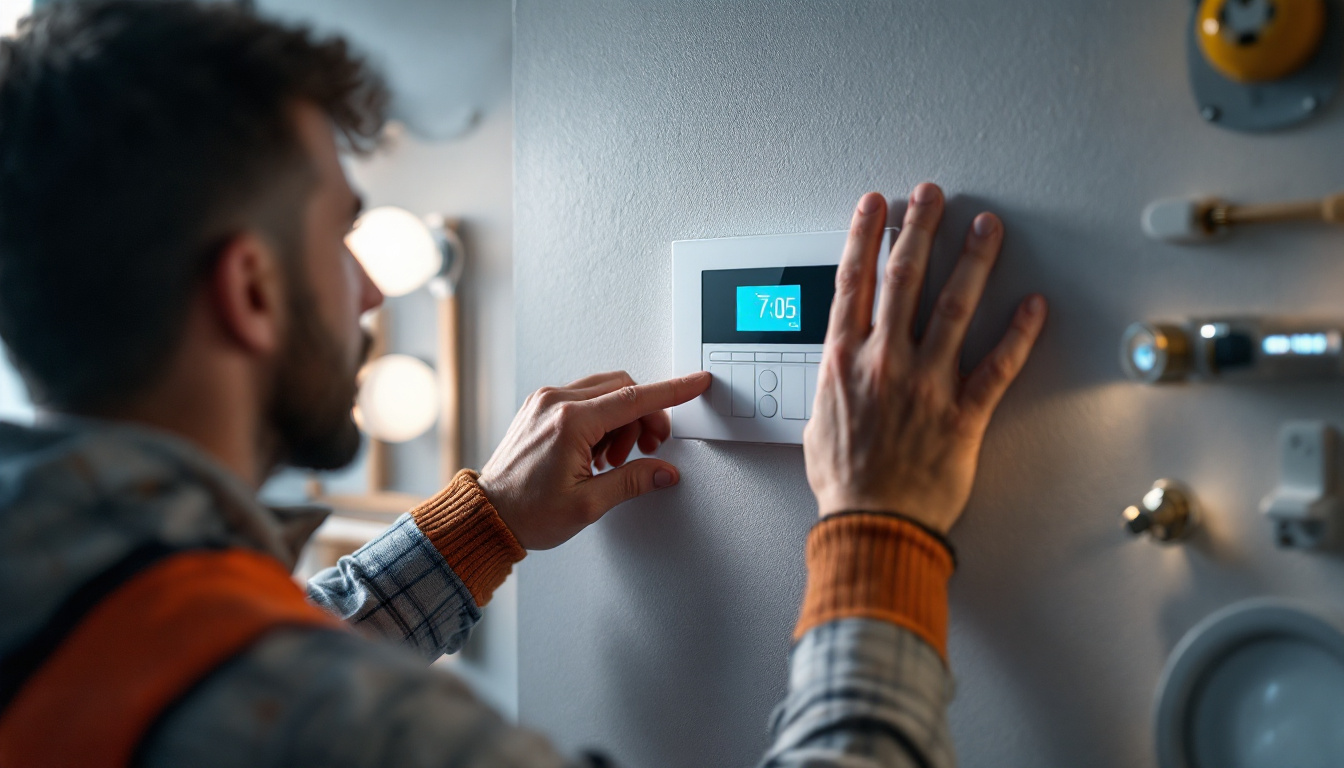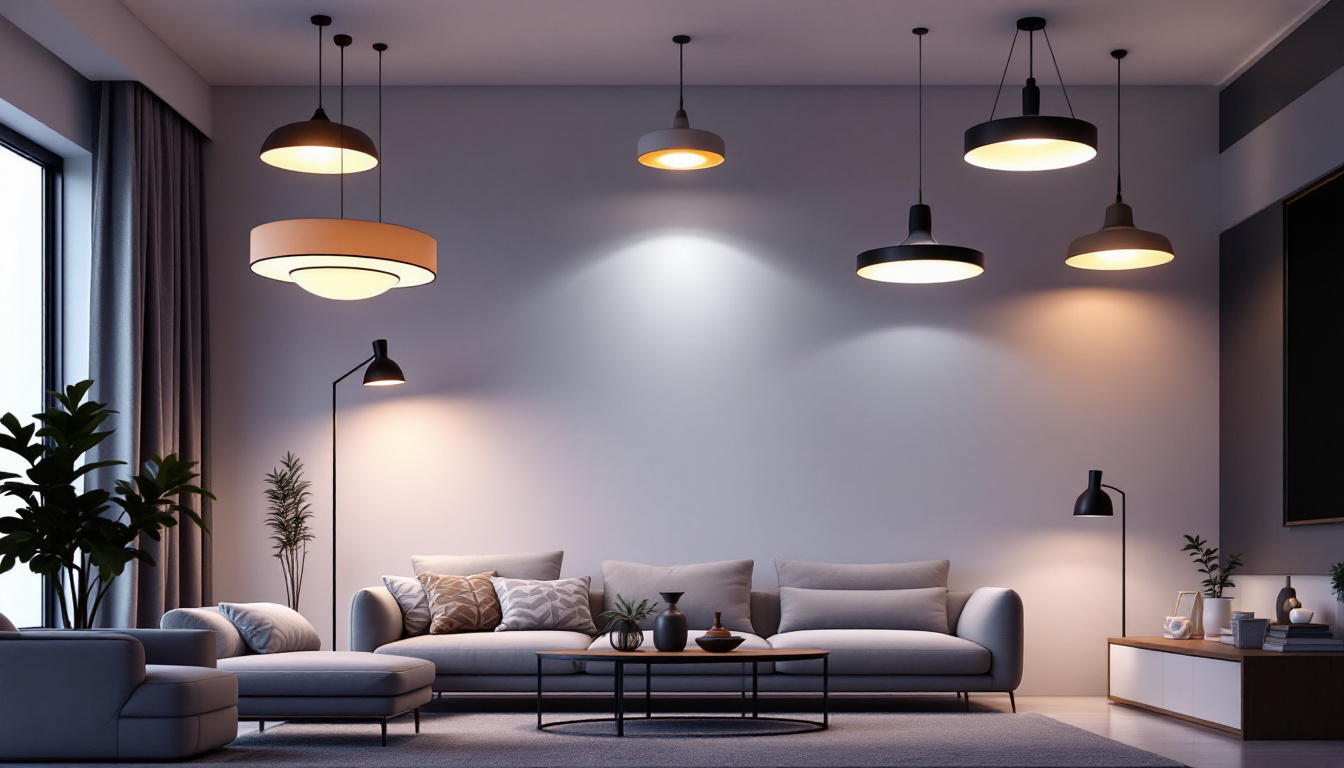
exterior entry lighting plays a crucial role in enhancing the aesthetics and safety of a property. For lighting contractors, understanding the common pitfalls associated with exterior entry lights can significantly improve their service quality and client satisfaction. This article delves into frequent mistakes made in the installation and design of exterior entry lighting, offering insights to help contractors elevate their work.
One of the most common mistakes lighting contractors make is selecting inappropriate fixtures for exterior entry points. The choice of fixture can greatly affect both functionality and aesthetics.
Exterior lights must withstand various weather conditions. Contractors often overlook the importance of selecting fixtures that are rated for outdoor use. Fixtures that are not weatherproof can corrode or fail prematurely, leading to costly replacements and dissatisfied clients. Additionally, exposure to extreme temperatures can impact the performance of bulbs and electronic components, resulting in flickering lights or complete failures. It’s crucial to choose fixtures with appropriate IP ratings, which indicate their resistance to dust and water, ensuring longevity and reliability in diverse climates.
Another oversight is not considering the architectural style of the property. A modern home may require sleek, minimalist fixtures, while a traditional home might benefit from ornate designs. Failing to align the lighting style with the overall design can create a disjointed look, detracting from the property’s curb appeal. Furthermore, the choice of materials plays a significant role in the overall aesthetic; for instance, brushed nickel or stainless steel may complement contemporary designs, while wrought iron or antique brass can enhance classic architecture. Incorporating decorative elements, such as lanterns or sconces, can also add character and charm, making the entryway more inviting.
Proper illumination is vital for safety and aesthetics. Insufficient lighting can create dark areas that pose security risks, while overly bright lights can cause glare and discomfort. The balance between these extremes is crucial, as it not only affects visibility but also influences the overall ambiance of a space. For example, a well-lit pathway can enhance the sense of security for residents and visitors alike, while also making the area more visually appealing during nighttime hours.
Contractors often neglect to assess the primary purpose of the entry lighting. Is it meant to enhance security, provide visibility, or highlight architectural features? Understanding the purpose will guide the selection of brightness levels and fixture types. For instance, a well-lit entryway can deter intruders, while softer lighting may be more appropriate for creating an inviting atmosphere. Additionally, the use of motion-sensor lights can further enhance security by illuminating the area only when movement is detected, thus conserving energy while still providing adequate lighting when needed.
Even with the right fixtures, improper placement can lead to uneven lighting. Contractors should consider the beam spread and how light will be distributed across the entry area. Installing fixtures too high or too low can result in shadows or hotspots, diminishing the effectiveness of the lighting design. Moreover, the materials and colors of the surrounding surfaces can significantly affect how light is absorbed or reflected. For example, light-colored walls can enhance brightness by reflecting more light, while darker surfaces may absorb it, creating a dimmer environment. Therefore, a comprehensive understanding of the space’s characteristics is essential to achieve optimal light distribution and effectiveness.
Placement is critical in exterior lighting design. Incorrectly positioned fixtures can lead to a range of issues, from inadequate illumination to aesthetic imbalances. The right placement not only enhances the functionality of the space but also contributes to the overall ambiance of the outdoor environment. A well-thought-out lighting plan can transform a mundane exterior into a welcoming and vibrant area, perfect for gatherings or quiet evenings under the stars.
One common mistake is installing fixtures at the wrong height. For example, wall-mounted lights should typically be installed at eye level to provide optimal illumination without causing glare. If fixtures are placed too high, they may fail to light the entryway effectively, while fixtures placed too low can create harsh shadows. Additionally, the height of fixtures should be adjusted based on the surrounding landscape and architecture. For instance, in areas with tall plants or structures, fixtures might need to be elevated to ensure that the light reaches the intended areas without being obstructed. This consideration not only improves functionality but also enhances the visual dynamics of the space.
Effective exterior lighting often involves layering different types of light. Relying solely on one type of fixture can result in a flat and uninviting space. Combining ambient, task, and accent lighting can create depth and interest, enhancing both safety and visual appeal. Ambient lighting provides overall illumination, while task lighting focuses on specific areas such as pathways or seating, ensuring safety and usability. Accent lighting, on the other hand, highlights architectural features or landscaping elements, adding a touch of drama and sophistication. By thoughtfully integrating these layers, homeowners can create a harmonious balance that not only serves practical purposes but also elevates the aesthetic charm of their outdoor areas, making them more enjoyable for family and guests alike.
In today’s environmentally conscious world, energy efficiency should be a top priority for lighting contractors. However, many overlook this aspect, leading to increased costs for clients and a larger environmental footprint. By failing to prioritize energy-efficient solutions, contractors not only jeopardize their clients’ savings but also contribute to a growing concern over energy consumption and its impact on climate change. As awareness of these issues rises, clients are becoming more discerning about the choices made in their lighting installations, seeking contractors who align with their values of sustainability and efficiency.
Contractors may still opt for traditional incandescent bulbs, which consume more energy and have shorter lifespans compared to modern alternatives. LED bulbs, for example, offer significant energy savings and longer durability, making them a more cost-effective choice in the long run. Additionally, the environmental benefits of switching to LED technology cannot be overstated; they produce less heat, reducing the need for air conditioning during warmer months, and they are free from hazardous materials like mercury, which is found in some fluorescent bulbs. This shift not only helps in reducing energy bills but also plays a crucial role in minimizing waste and pollution associated with lighting.
Smart lighting technology has become increasingly popular, allowing homeowners to control their exterior lights remotely. Contractors who do not offer smart lighting solutions may miss out on an opportunity to enhance their service offerings. Integrating smart technology can provide clients with convenience and energy savings, making the installation more appealing. Furthermore, smart lighting systems can be programmed to adjust based on natural light levels or occupancy, further optimizing energy use. This adaptability not only enhances user experience but also contributes to a more sustainable approach to home energy management. As smart home technology continues to evolve, staying informed about the latest advancements will be crucial for contractors aiming to remain competitive in the industry.
Electrical issues can lead to significant problems in exterior lighting installations. Proper wiring and electrical considerations are essential for safety and functionality.
Contractors must be aware of local building codes and regulations regarding outdoor electrical installations. Failing to comply can result in fines or the need for costly rework. Understanding these regulations ensures that installations are not only safe but also legally compliant.
Another common error is not calculating the electrical load requirements accurately. Overloading circuits can lead to tripped breakers or even electrical fires. It is crucial for contractors to assess the total wattage of all fixtures and ensure that the circuit can handle the load safely.
Maintenance is a critical aspect of exterior lighting that is often overlooked during the installation phase. Contractors should consider how easy it will be for homeowners to maintain their lighting systems.
Some fixtures may be challenging to access for bulb replacement or cleaning. Contractors should recommend designs that allow for easy maintenance, ensuring that clients can keep their lighting systems in good working order without hassle.
Contractors often neglect to educate clients about the maintenance requirements of their new lighting systems. Providing guidance on how to care for fixtures, change bulbs, and troubleshoot common issues can enhance client satisfaction and prolong the lifespan of the installation.
Safety and security are paramount when it comes to exterior lighting. Contractors must prioritize these aspects to create a secure environment for homeowners.
Motion sensors can significantly enhance security by providing illumination only when needed. Contractors may overlook this feature, resulting in wasted energy and reduced security. Installing motion-activated lights at entry points can deter intruders and provide peace of mind for homeowners.
Another safety consideration is the illumination of pathways leading to the entryway. Poorly lit walkways can lead to accidents and injuries. Contractors should ensure that pathways are adequately lit, using low-level lighting to guide visitors safely to the door.
Exterior lighting needs can change with the seasons, and contractors must account for these variations in their designs.
During winter months, for instance, snow accumulation can obscure lighting fixtures, diminishing their effectiveness. Contractors should recommend adjustable fixtures or designs that can accommodate seasonal changes, ensuring consistent performance throughout the year.
As plants and trees grow, they can obstruct light fixtures or block illumination. Contractors should consider the future growth of landscaping when planning exterior lighting installations. Selecting fixtures that can adapt to changing landscapes will ensure that lighting remains effective over time.
Avoiding common mistakes in exterior entry lighting can significantly enhance the quality of work provided by lighting contractors. By carefully considering fixture selection, placement, energy efficiency, electrical requirements, maintenance, safety, and seasonal changes, contractors can create effective and aesthetically pleasing lighting solutions. Ultimately, a well-executed exterior lighting design not only improves the beauty of a property but also enhances safety and security, leading to satisfied clients and successful projects.
Don’t let common lighting mistakes compromise your projects. At LumenWholesale, we provide lighting contractors with the highest quality, spec-grade lighting products at prices that can’t be beaten. Say goodbye to inflated markups and hello to a vast selection of reliable, high-performance lighting that meets the most stringent industry standards. With free shipping on bulk orders, LumenWholesale is your go-to source for premium lighting solutions that combine quality, affordability, and convenience. Elevate your exterior entry lighting designs and ensure client satisfaction with every installation. Discover the value of wholesale lighting and make your next project shine by visiting Wholesale Lighting at the Best Value.

Discover the essential insights lighting contractors need when transitioning from fluorescent tubes to LED replacements.

Discover the pivotal role of time switches in modern lighting solutions for contractors.

Discover how innovative ceiling lighting solutions can give lighting contractors a competitive edge in the market.

Discover essential tips and common pitfalls for lighting contractors working with outdoor lamp holder sockets.